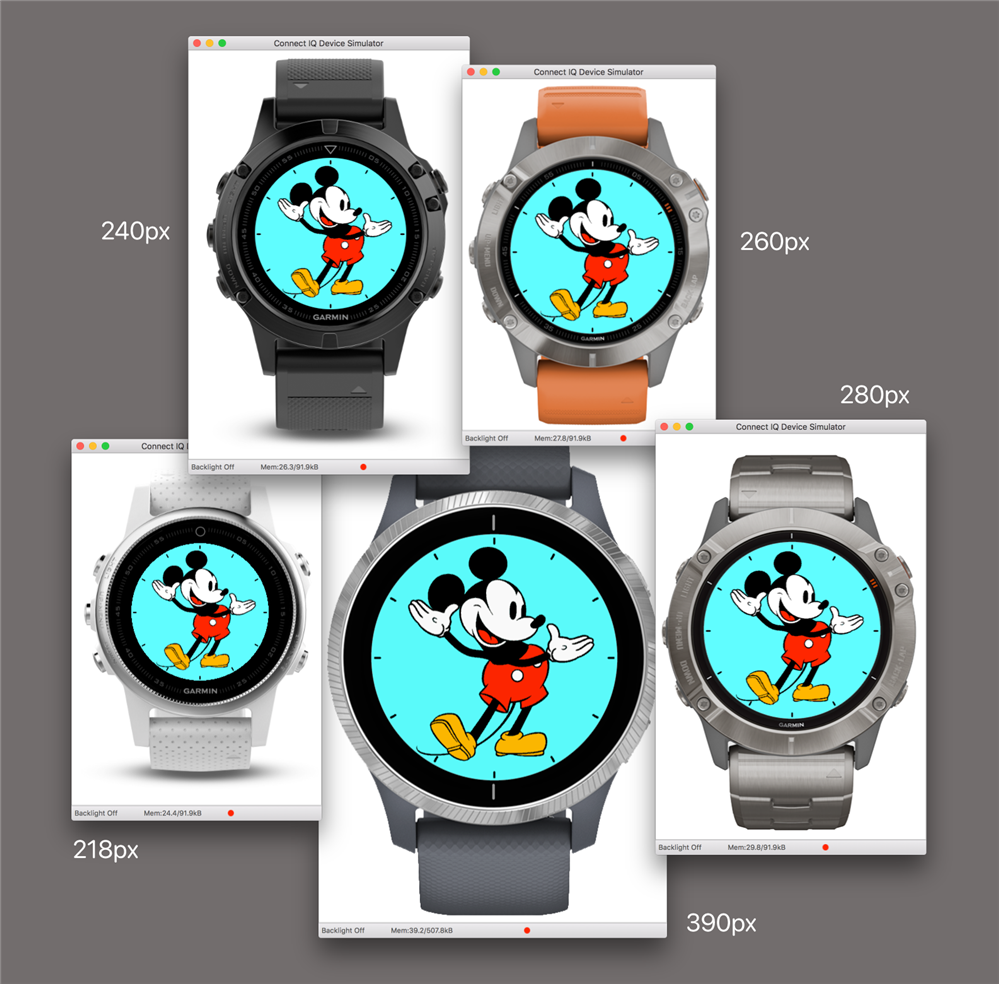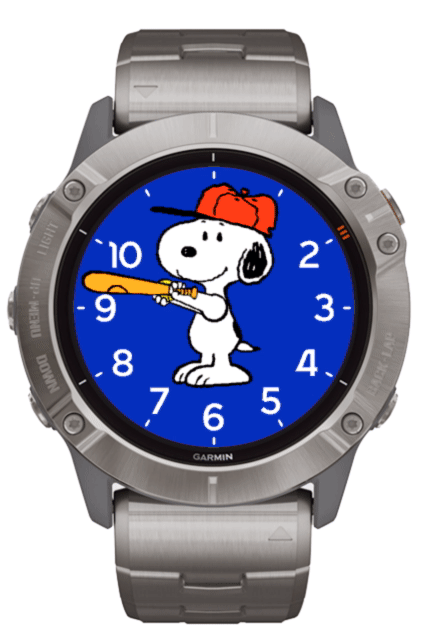Hey folks,
Here's my command line tool that helps developers build tile-mapped anti-aliased graphics for Garmin wearables;
github.com/.../garmin-tilemapper
Way back in 2017, I showcased a tile-map sprite technique to compress graphics;
forums.garmin.com/.../my-technique-for-anti-aliased-animation-and-bitmaps
You've probably seen my anti-aliased watchfaces in the app store.
https://apps.garmin.com/en-US/developer/e43b20dc-99b5-4906-ae38-65b36a68b208/apps
This is one of the tools I have been using to develop them.
As a handy extra, I've also included two sample watchfaces, and their artwork. This includes a new "steamboat willie" watchface.
The great thing about this approach, is that you can scale your designs seamlessly across many different devices and resolutions.

Please be mindful that this is the first release, so your milage may vary with bugs, and platform support. Happy to hear your feedback.
Can't wait to see what you all create!!


